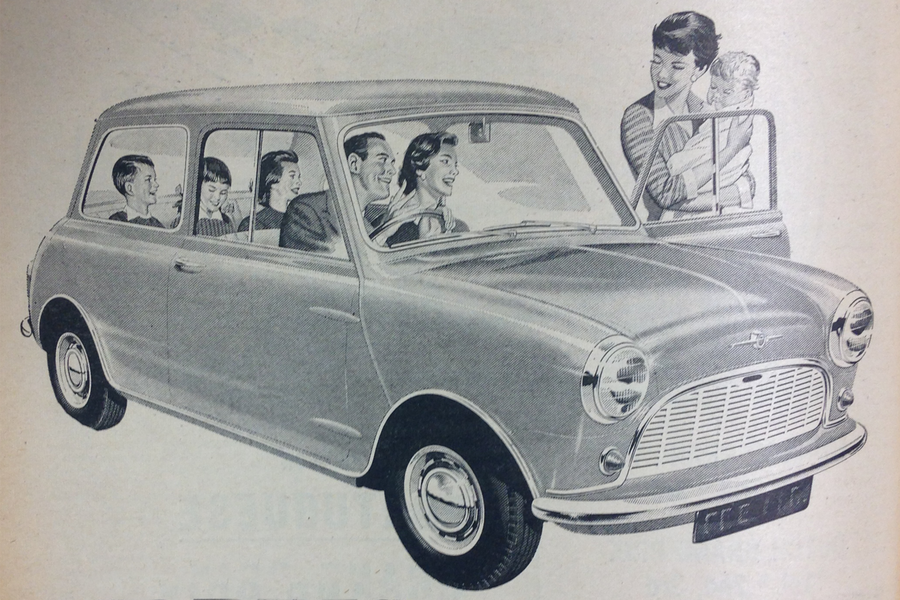Iconic is a frightfully overused word, but when applied to the Mini, it's one that's truly apt.
The car is the epitome of British popular culture throughout the 1960s and 1970s, going through various updates and guises. Production finally ended in 2000, and its fame continues beyond.
The Mini, unlike BMW’s modern-day interpretation, fitted its billing, and arrived with much fanfare in August 1959, under the names Austin Seven and Morris Mini-Minor, the latter of which Autocar road-tested on the 28th of that month in de luxe specification.
Editor at the time, Maurice A. Smith (DFC), introduced the magazine thusly: “Earlier in the year – in April – we were very happy to be able to describe and test a new British small car from the ordinary and, in many respects, a major step forward. Now, following the Triumph Herald, a second outstanding and original small car design has emerged, this time from the British Motor Corporation.
“This 850cc design, the work of Mr. Alec Issigonis and his team, bristles with originality, yet there is nothing remotely freakish about it. Whether they be engineers or laymen, those who examine this car are unanimous as to the good common sense and ingenuity built into them.
“The road test will gladden many hearts for it gives promise.
“There is good reason to believe that these new cars will be able to better even the remarkable records of the two small car series after which they are named. Perhaps it is appropriate at this time of launching to wish good luck and Godspeed to the new models, and to all who work on them and drive in them.”

The ‘gladdening’ road test was certainly complimentary of the £378 10s motor.

















Join the debate
Add your comment
1959 Mini Minor
Too cheap
It's no use applying modern